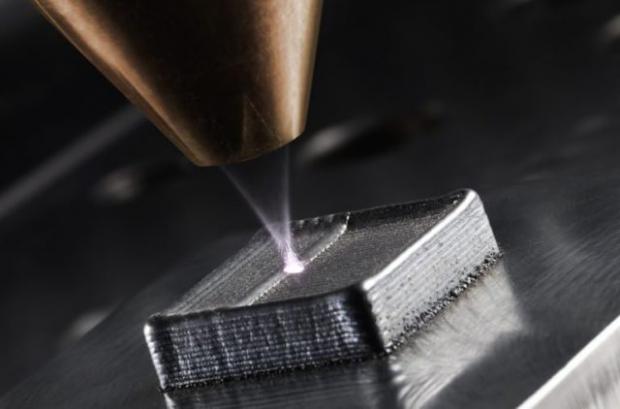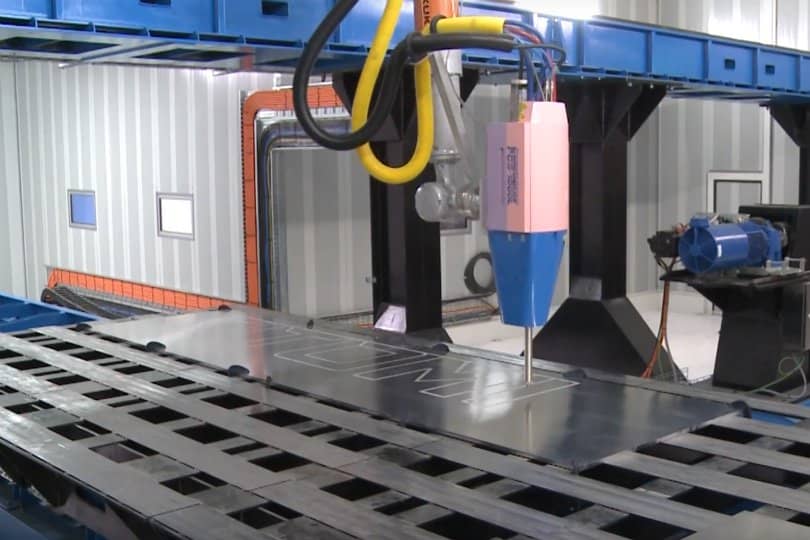
Breaking News
 Nancy Pelosi has officially announced her RETIREMENT at the end of her term, January 3, 2027.
Nancy Pelosi has officially announced her RETIREMENT at the end of her term, January 3, 2027.
 Omeed Malik: The Technocrat Muslim Billionaire Inside MAGA
Omeed Malik: The Technocrat Muslim Billionaire Inside MAGA
 Democrat-led government shutdown is now causing flight delays, threatening air traffic control,...
Democrat-led government shutdown is now causing flight delays, threatening air traffic control,...
Top Tech News
 HUGE 32kWh LiFePO4 DIY Battery w/ 628Ah Cells! 90 Minute Build
HUGE 32kWh LiFePO4 DIY Battery w/ 628Ah Cells! 90 Minute Build
 What Has Bitcoin Become 17 Years After Satoshi Nakamoto Published The Whitepaper?
What Has Bitcoin Become 17 Years After Satoshi Nakamoto Published The Whitepaper?
 Japan just injected artificial blood into a human. No blood type needed. No refrigeration.
Japan just injected artificial blood into a human. No blood type needed. No refrigeration.
 The 6 Best LLM Tools To Run Models Locally
The 6 Best LLM Tools To Run Models Locally
 Testing My First Sodium-Ion Solar Battery
Testing My First Sodium-Ion Solar Battery
 A man once paralyzed from the waist down now stands on his own, not with machines or wires,...
A man once paralyzed from the waist down now stands on his own, not with machines or wires,...
 Review: Thumb-sized thermal camera turns your phone into a smart tool
Review: Thumb-sized thermal camera turns your phone into a smart tool
 Army To Bring Nuclear Microreactors To Its Bases By 2028
Army To Bring Nuclear Microreactors To Its Bases By 2028
 Nissan Says It's On Track For Solid-State Batteries That Double EV Range By 2028
Nissan Says It's On Track For Solid-State Batteries That Double EV Range By 2028
World's Largest 3D Printer Is Now Able To Print Giant Metal Objects

By: Markab Algedi / The Mind Unleashed Melbourne, Australia is now the city that contains the world's largest known 3D printer. Melbourne based manufacturer Titomic recently displayed their accomplishment by printing a large metal rendering of their corporate logo.

Among the objects listed as capable of being printed by the Australian 3D printer, the CEO of Titomic Jeff Lang reports that it can print a submarine, or wings for an aircraft: soon.
At the Titomic factory in Waverly, Australia in the outer regions of Melbourne, this 9 metre long, 3 metre wide and 1.5 metre tall 3D printer now surpasses the next largest, owned by notorious General Electric. GE's printer is about 5 times less large.

The printer owned by General Electric is capable of printing solid metal objects up to a cubic metre in size, while this Titomic bed can put out parts up to 40 cubic metres in size.
Here's where this story gets realistic: you know their ability to develop this technology came with strings attached.
A government agency in Australia gave out a significant portion of funds to create this 3D printer. It was CSIRO who supplied the funds, the Commonwealth Scientific and Industrial Research Organisation. Remember, Australia is still fully a Commonwealth nation, under the control of Britain in more respects than one may care to admit.
In the UK, research is financially controlled by the government in a similar fashion. Research grants are provided by the government very often, specifically to satisfy the needs of the government and not the common people.
People think of 3D printing as a decentralization of power thing, a technology that if properly utilized by the common people, could really lessen our dependency on corporate manufacturing and centralized power. Naturally, the people who want to preserve theirpower are going to develop it first because they have the money. However, elite organizations developing 3D printers and the common people using them are not mutually exclusive. What people have to do is be empowered with the ability to skirt possible regulations on 3D printers.

 The Technocratic Dark State
The Technocratic Dark State Carbon based computers that run on iron
Carbon based computers that run on iron

